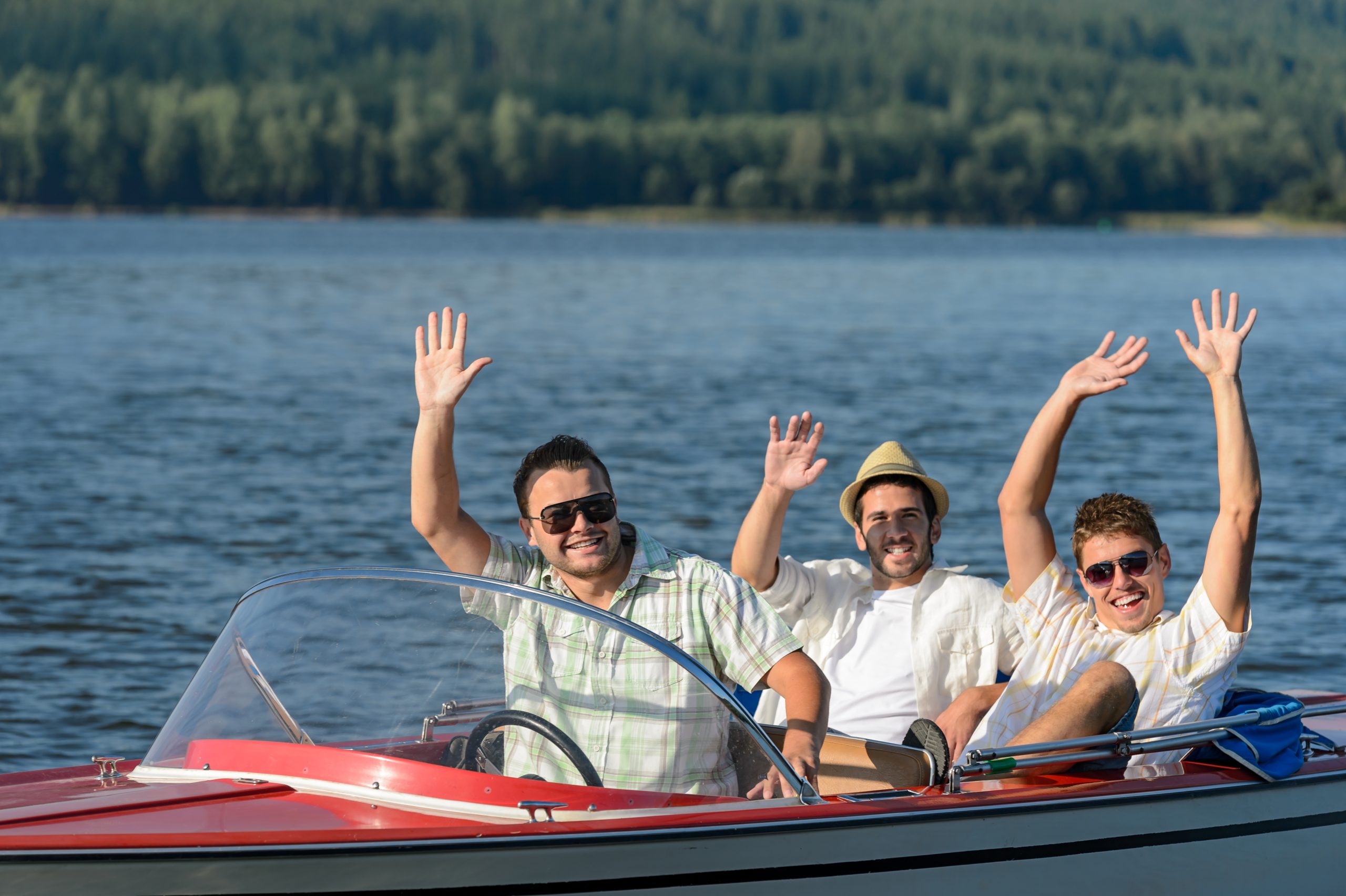As the boating season comes to an end, it’s time for boat owners to start thinking about winterization. Winterizing your boat is essential to protecting its engine and other components from damage caused by cold temperatures and moisture. Here are some tips for a smooth transition from boating season to winterization:
Introduction to Boating Season Transition
The first step in preparing your boat for winterization is to make sure you have completed all necessary maintenance tasks before storing it away for the winter months. This includes checking the oil levels, changing the fuel filters, and inspecting the hull for any signs of damage or wear. It’s also important to clean your boat thoroughly inside and out to prevent mold and mildew growth during storage.
Tips for Safe Boating and Sailing
One of the most important aspects of safe boating is ensuring that everyone on board is wearing a life jacket at all times. In addition, it’s crucial to follow basic safety rules such as not overloading your boat, avoiding alcohol consumption while operating the vessel, and always having a working VHF radio onboard. Before setting sail, check weather conditions and tides to ensure a smooth and enjoyable trip.

Preparing Your Boat for Winterization
Winterization involves several steps including draining the engine, removing the battery, and adding antifreeze to the cooling system. You should also disconnect the shore power cord and cover the boat with a breathable fabric to protect it from dust and debris. If possible, store your boat indoors or under a covered area to minimize exposure to harsh weather conditions.
Getting Ready for the Next Boating Season
To prepare for the next boating season, consider attending a boating safety course to refresh your knowledge and skills. Additionally, schedule regular maintenance checks throughout the year to keep your boat running smoothly and efficiently. Finally, don’t forget to stock up on supplies such as sunscreen, life jackets, and navigation tools before hitting the water again.
In conclusion, transitioning from boating season to winterization requires careful planning and attention to detail. By following these tips, you can help protect your boat and ensure a smooth ride when spring rolls around.
